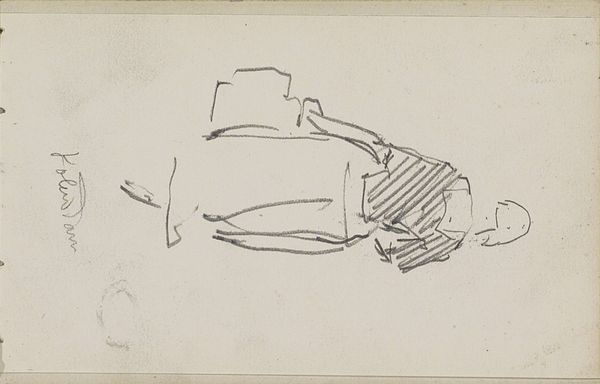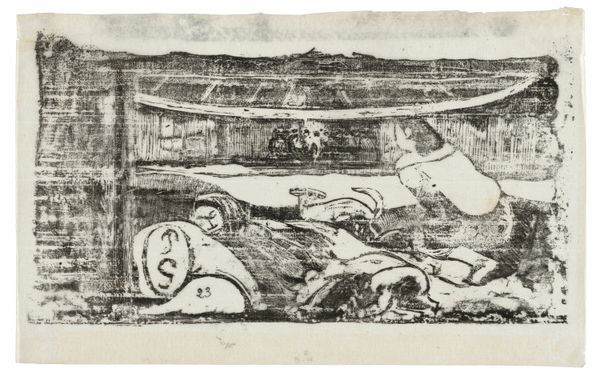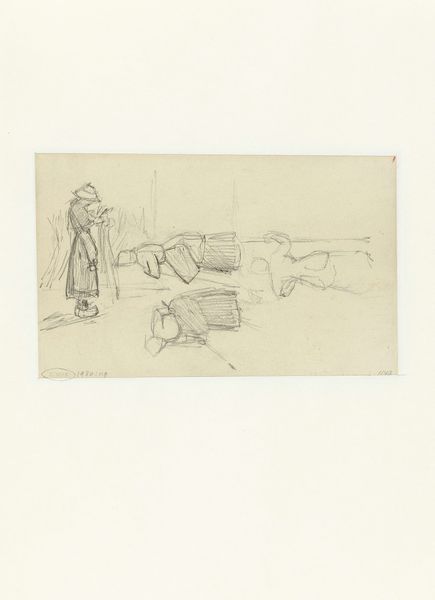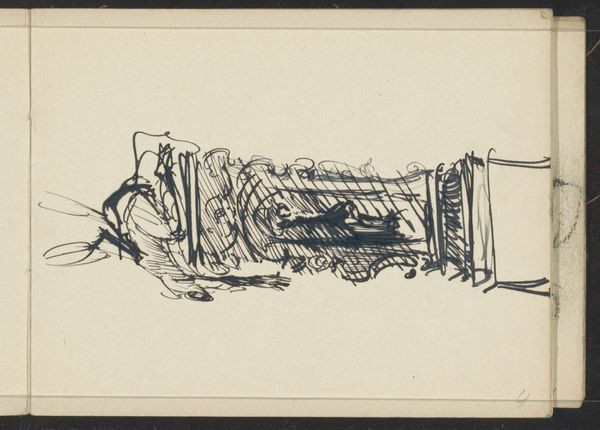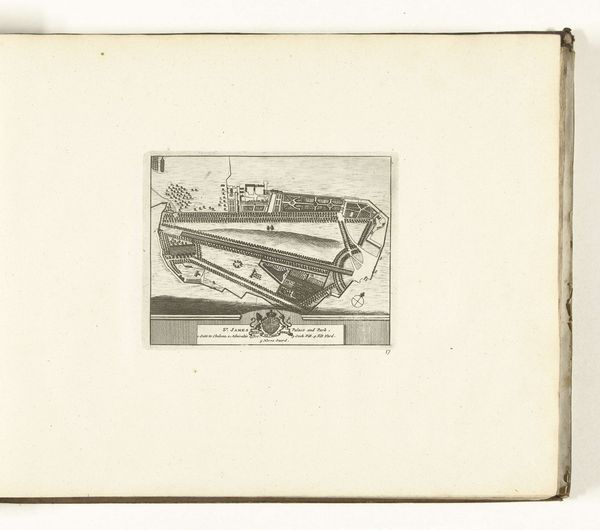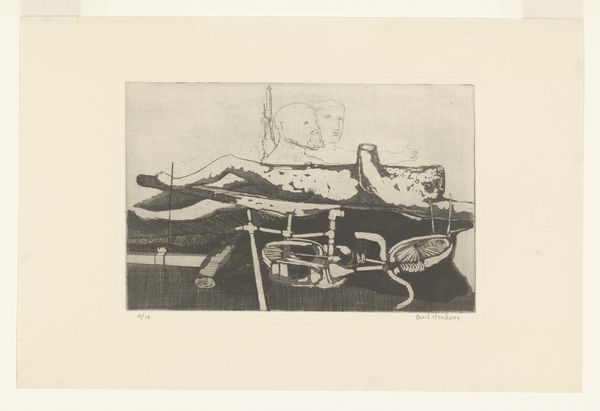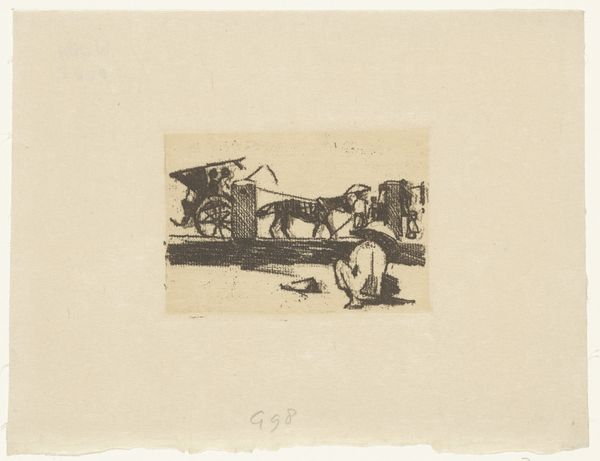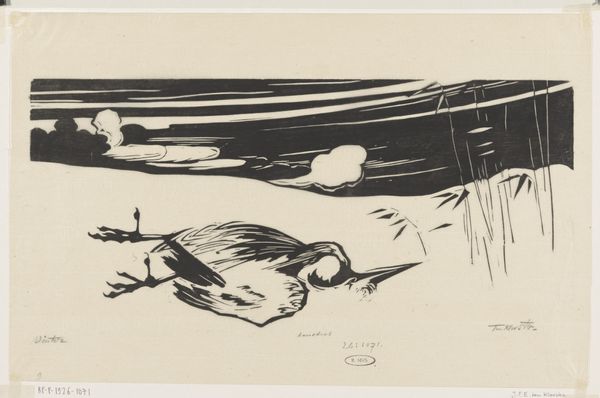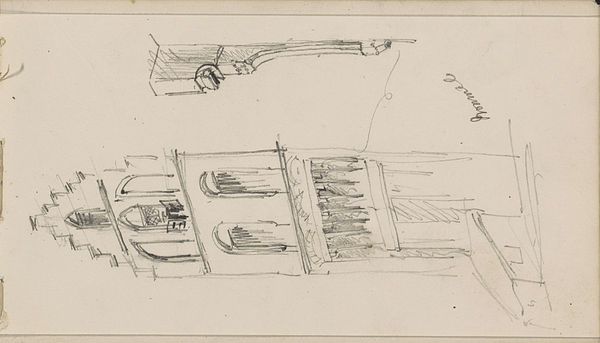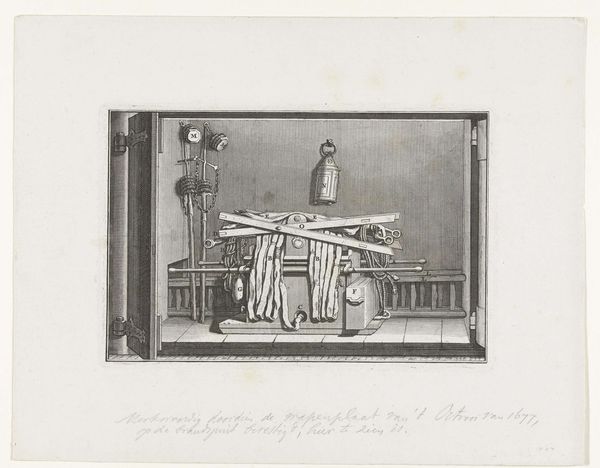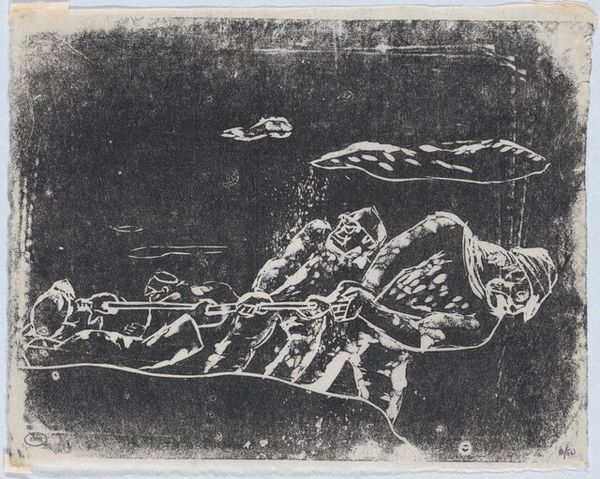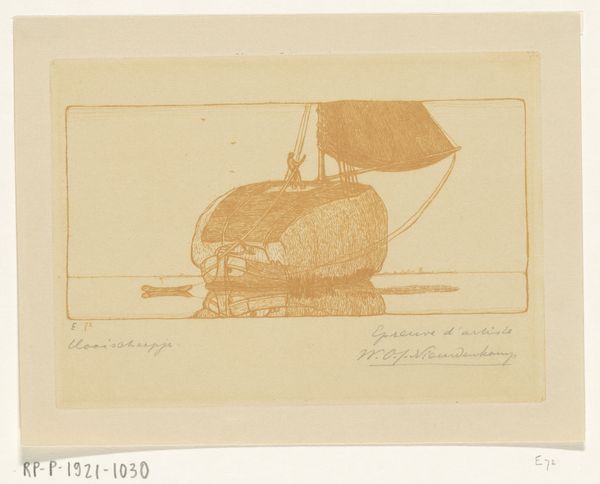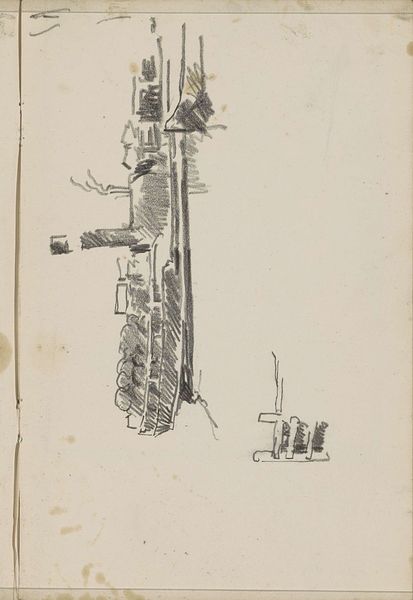
Copyright: National Gallery of Art: CC0 1.0
Curator: At first glance, this composition seems unsettling. The harsh black and white contrasts create a sense of unease, don't you think? Editor: It does. The woodcut technique certainly adds to that intensity. What can you tell me about the artist, Imre Reiner, and the context surrounding this work? It’s titled "Werkstatt-Stilleben," which translates to "Workshop Still Life" made in 1935. Curator: Reiner was a graphic designer and artist associated with German Expressionism, though his work shifted through various styles. Given the date, 1935, we're looking at a period of increasing political turmoil in Europe. This still life is more than just a collection of objects; it's a snapshot of the creative space under duress, an allegorical representation. Editor: So, the tools aren’t just tools but symbolic representations of art making being impacted and, perhaps, repressed? Look at the density of the composition. The objects seem crammed together; there is this feeling of claustrophobia. It feels symbolic, like the walls closing in on this artist’s workshop. Curator: Exactly. The composition could also signal the resilience of the creative spirit, suggesting that even in confined spaces, artistry can persist. I'm interested in the single, oddly shaped vase standing alone amongst the rest, what that could signify. Perhaps vulnerability? Editor: Possibly. Consider how the Expressionists grappled with anxieties of modernity, the premonitions of impending doom. In a still life, objects take on heightened significance. Everyday items become vessels for larger emotions. A tool sitting alone can have different symbolic representations. It all relies on context. The period after World War I had a specific hold over culture, so this work has echoes of all of that. Curator: This image also reminds me of a mirror shattered, yet somehow still showing a reflection, fragmented but discernible. Do you see how the perspective is intentionally skewed to challenge the viewer's perception? It feels…deliberately off. Editor: Yes, that fractured quality makes it unsettling, yet that’s why the visual language is so effective. Reiner captures a moment where the familiar becomes strange and loaded. The still life appears functional, until it does not. Curator: In closing, what I take away is the lasting ability of symbolic objects and imagery. These objects, even in their chaotic depiction, allow us to explore art's crucial ability to serve as a testament to the period. Editor: Indeed. This seemingly simple still life ends up raising larger questions about art, resilience, and how history leaves its imprint on our collective imagination.
Comments
No comments
Be the first to comment and join the conversation on the ultimate creative platform.

